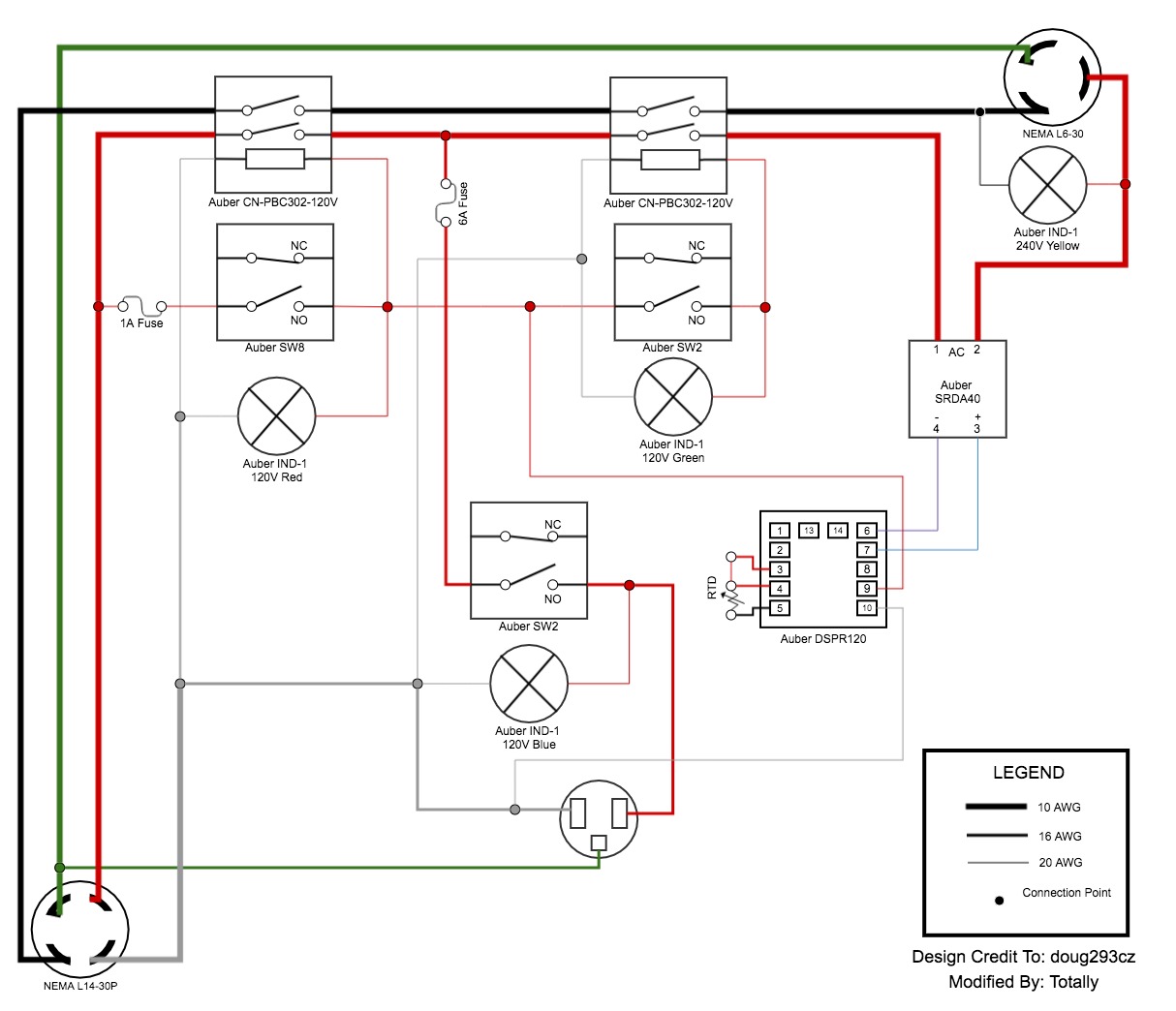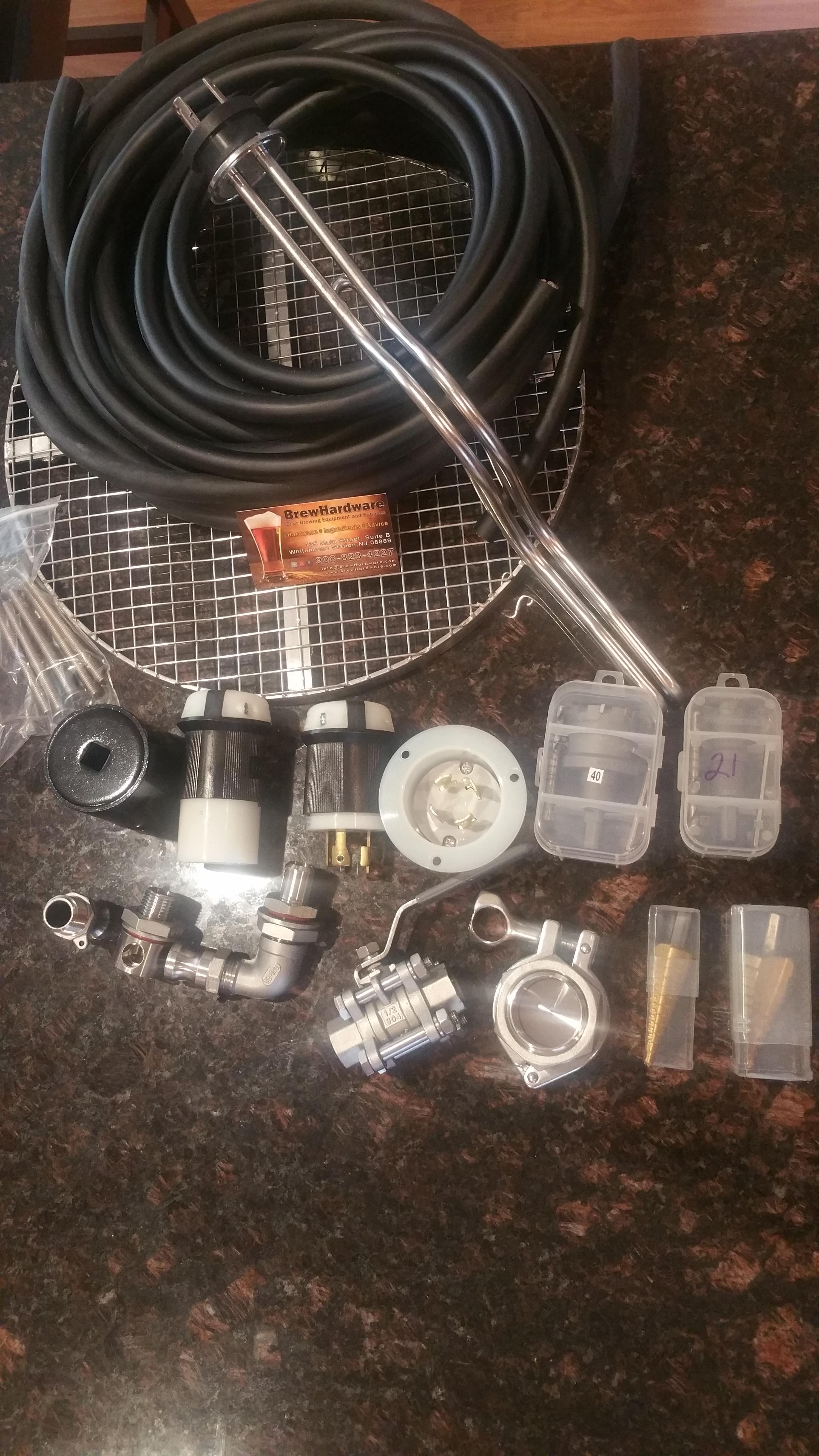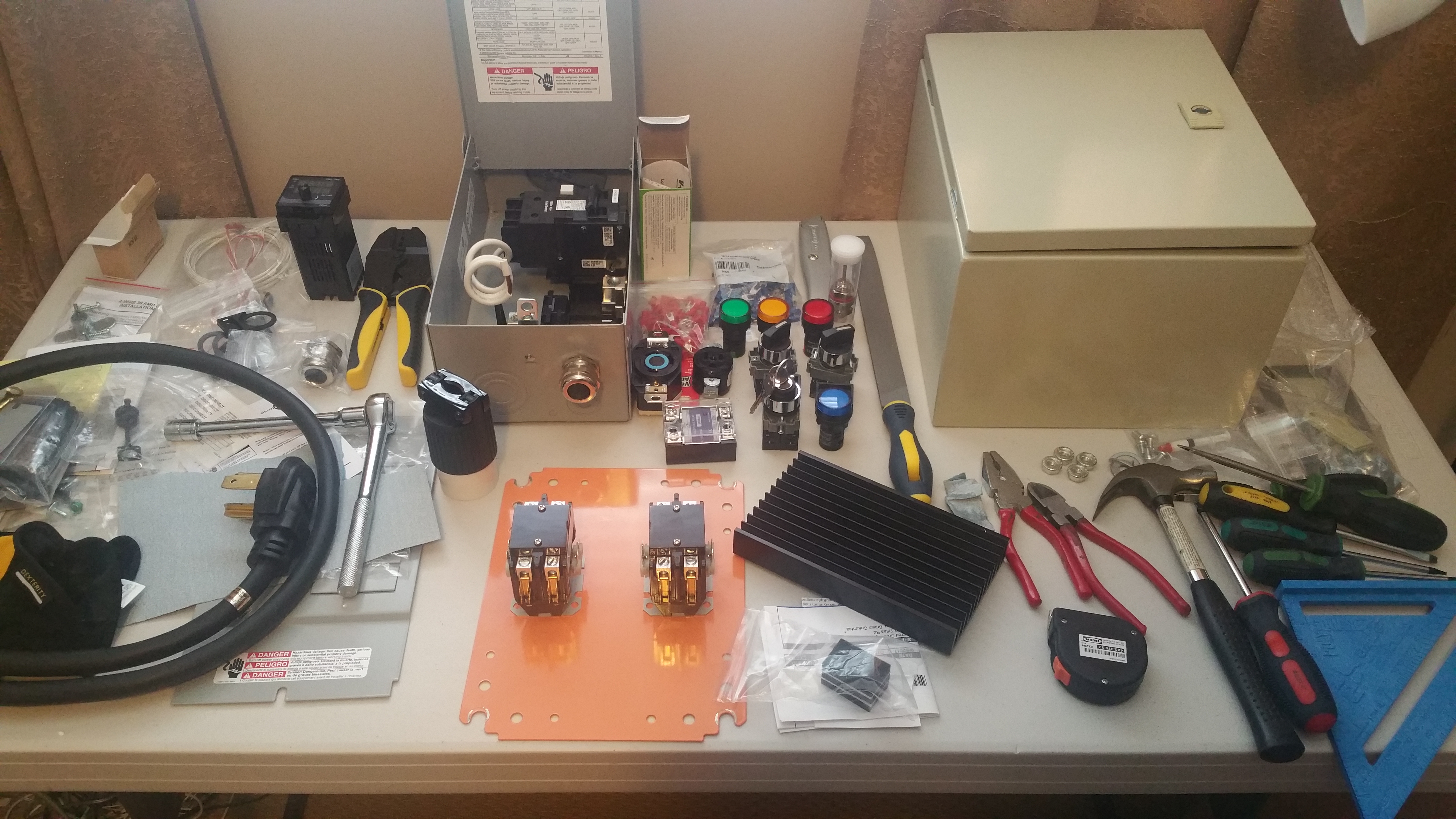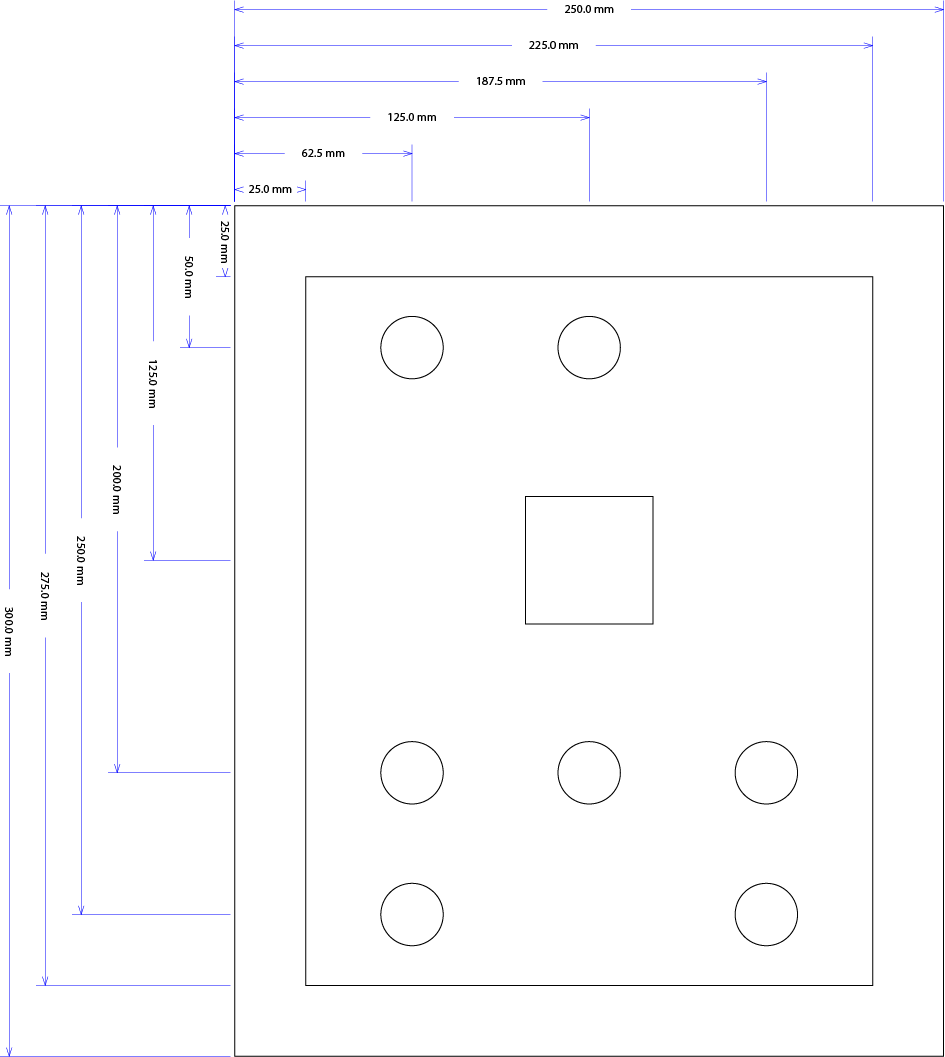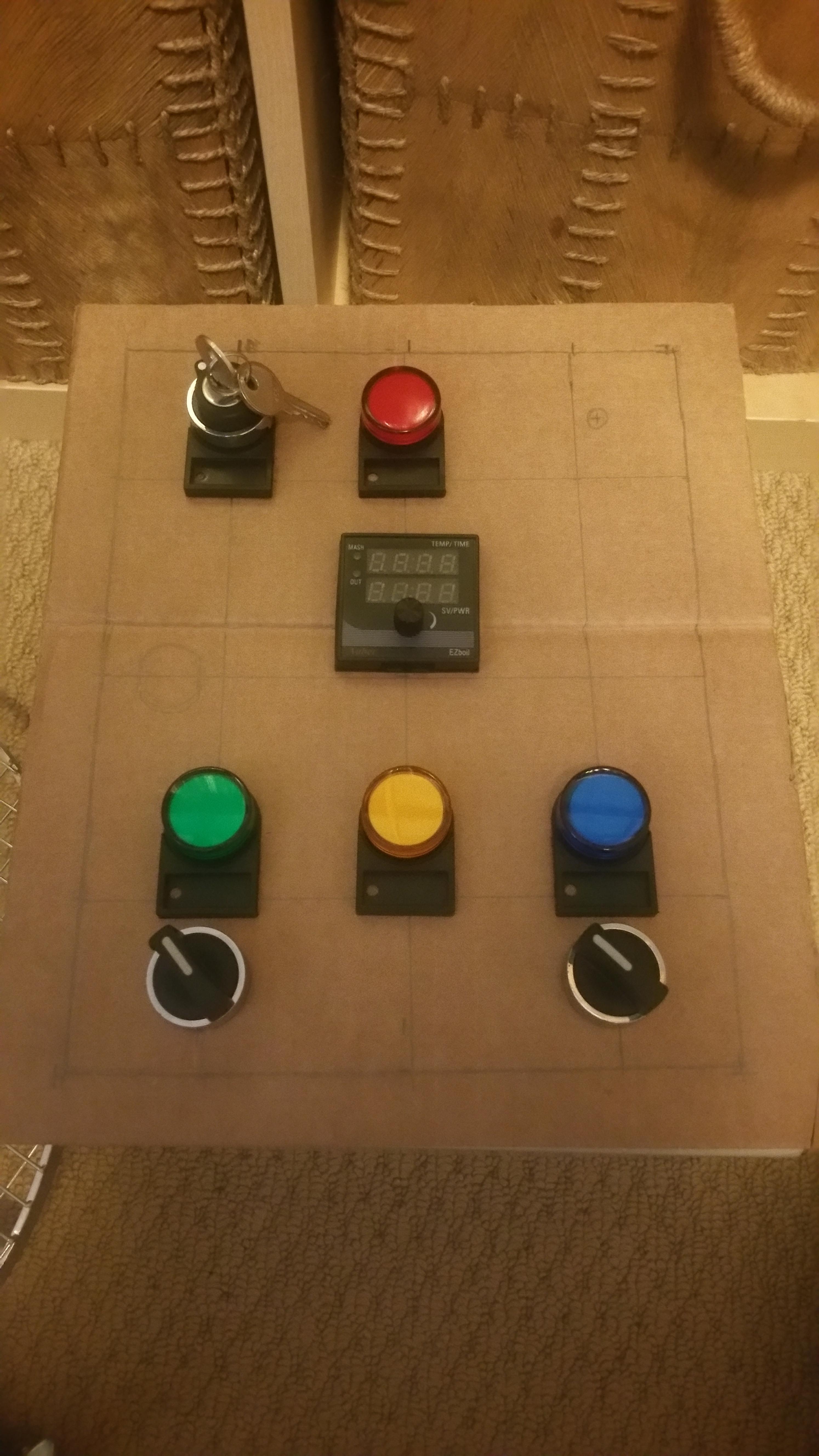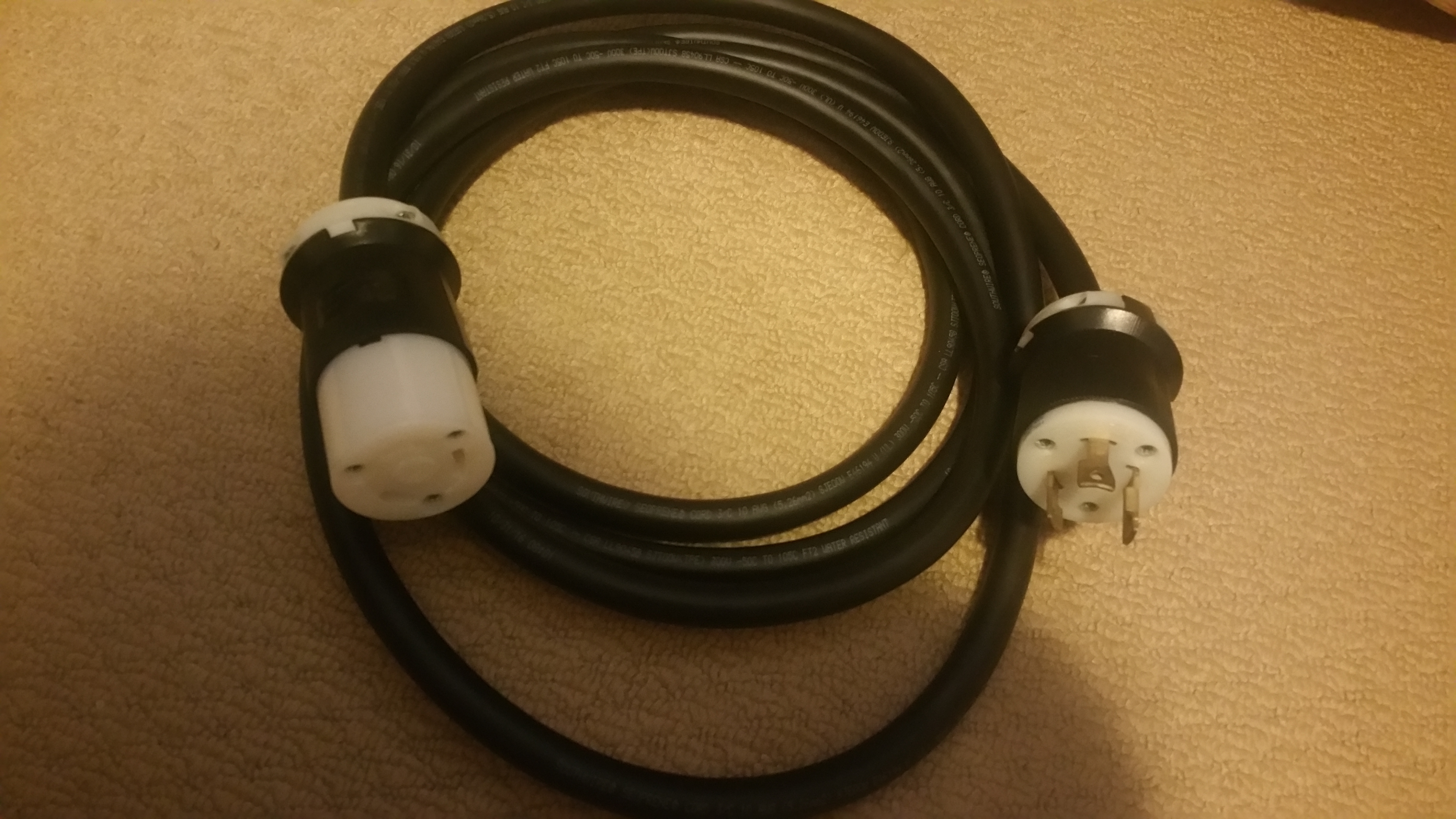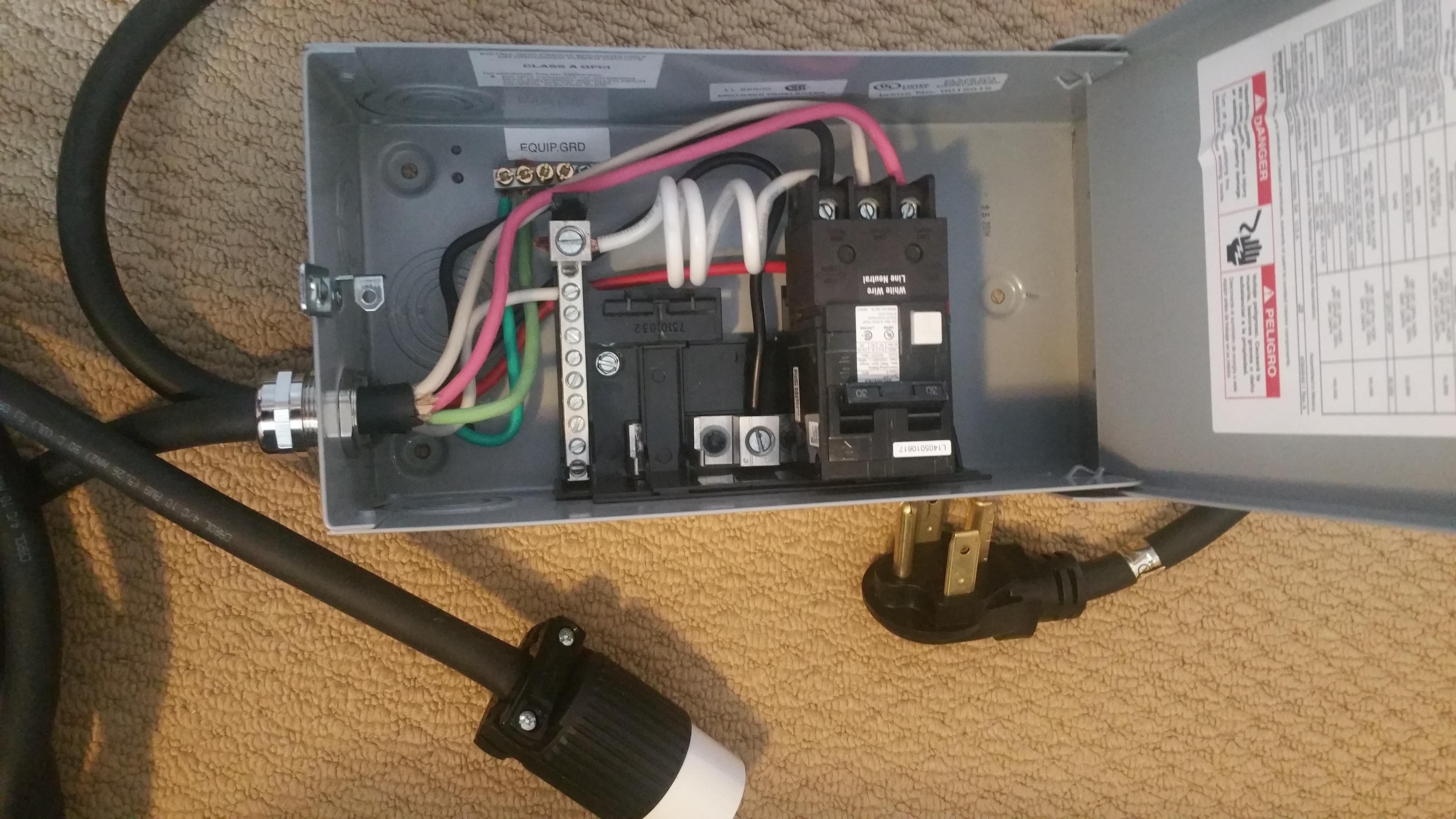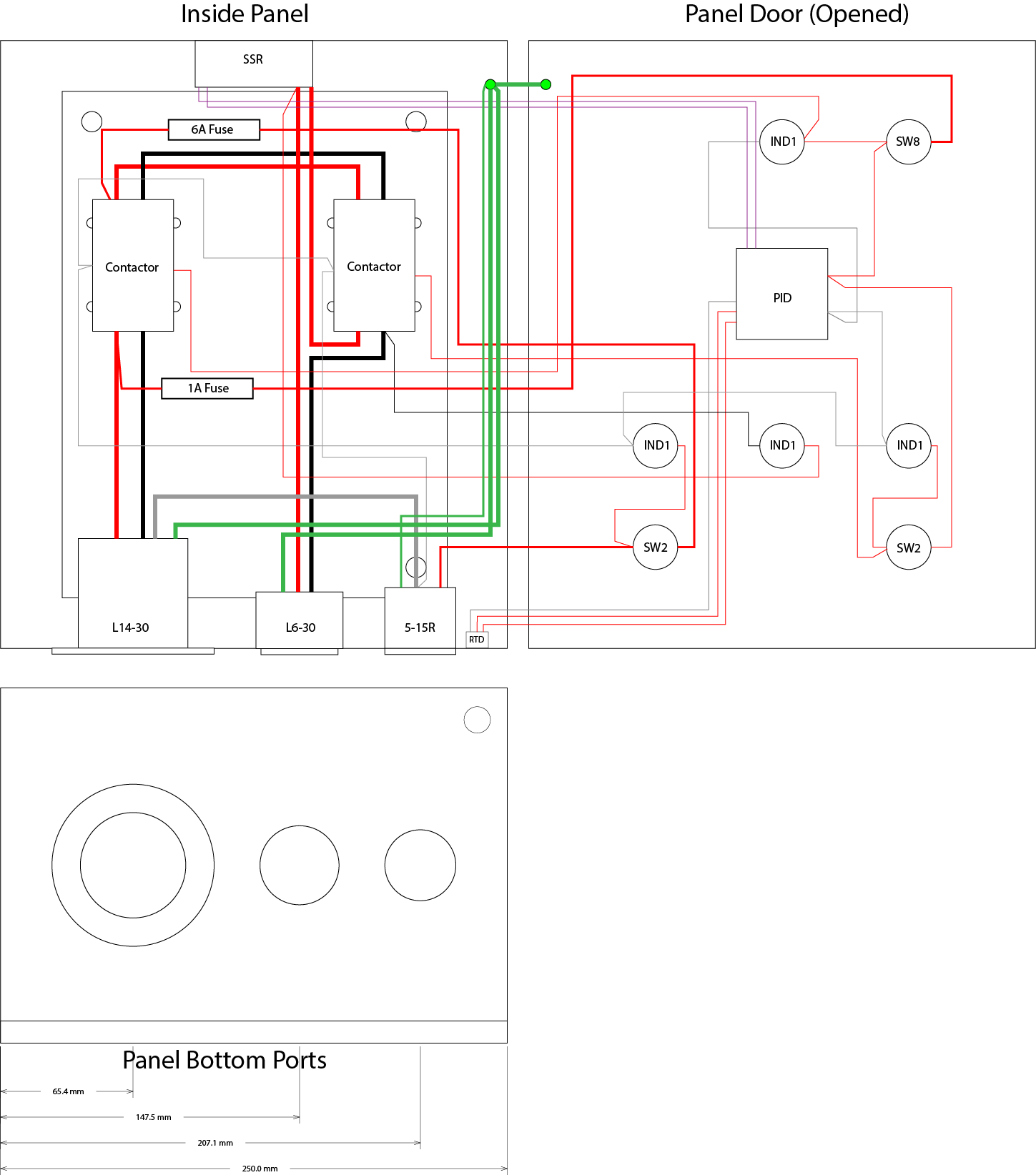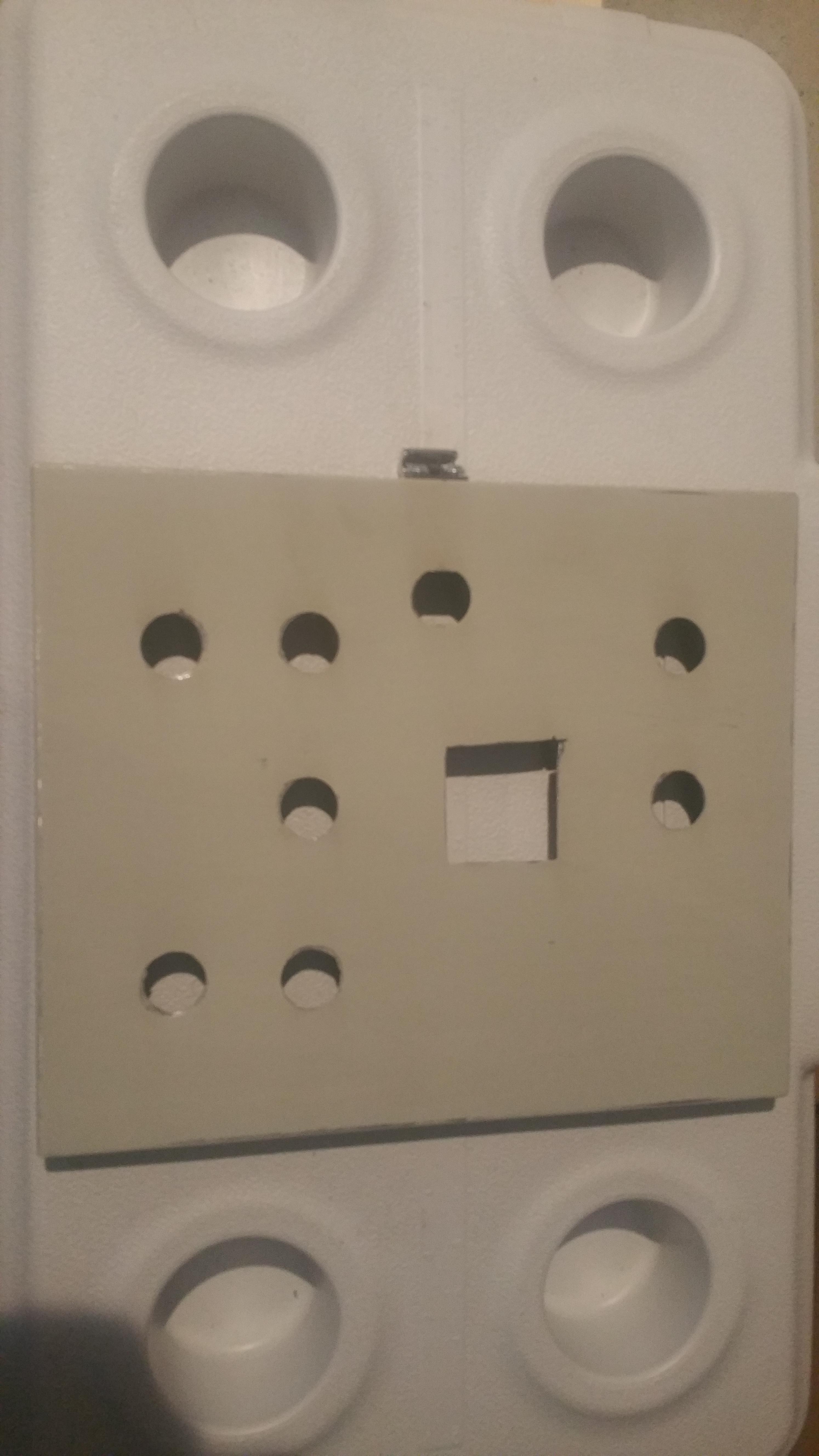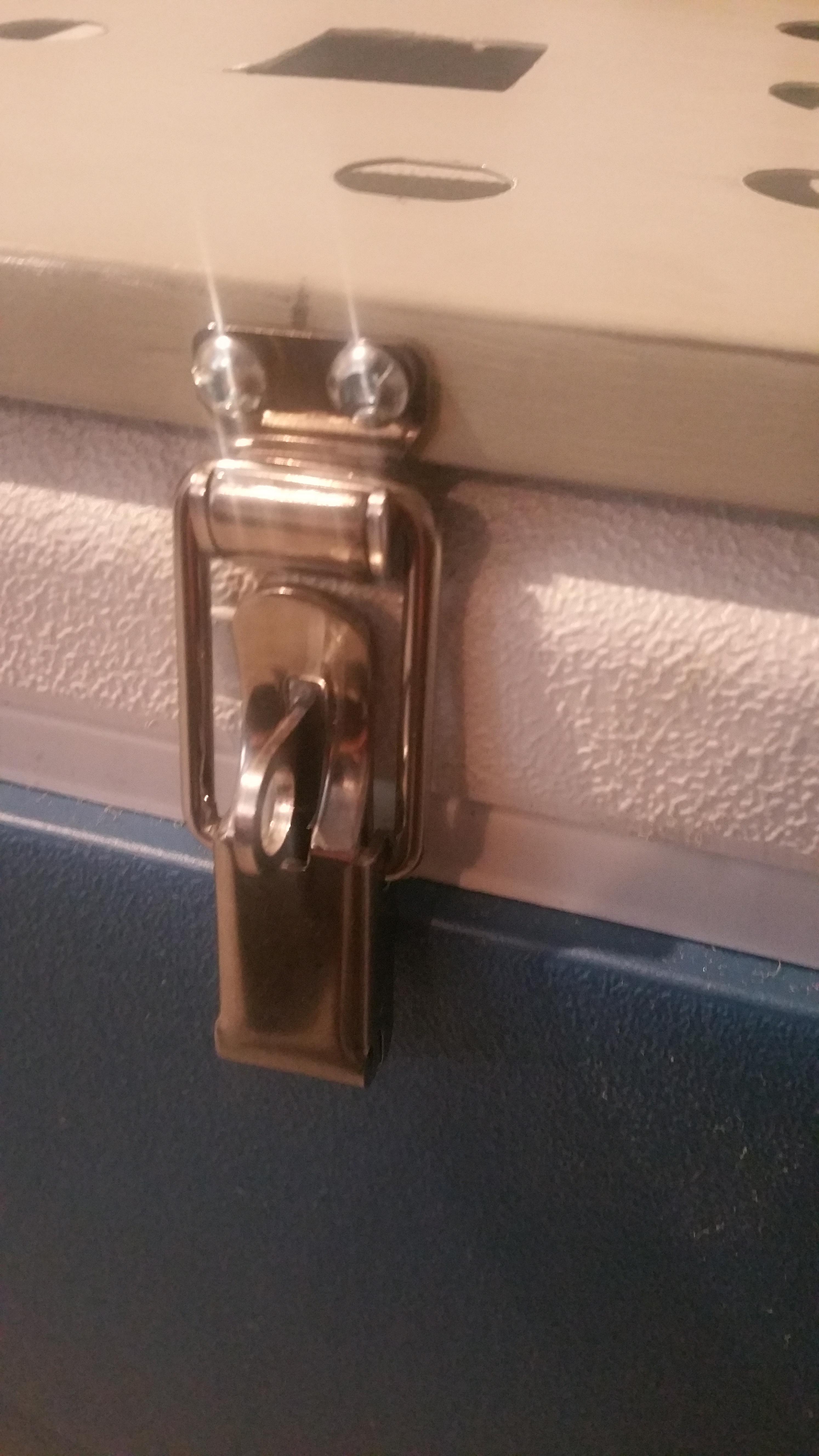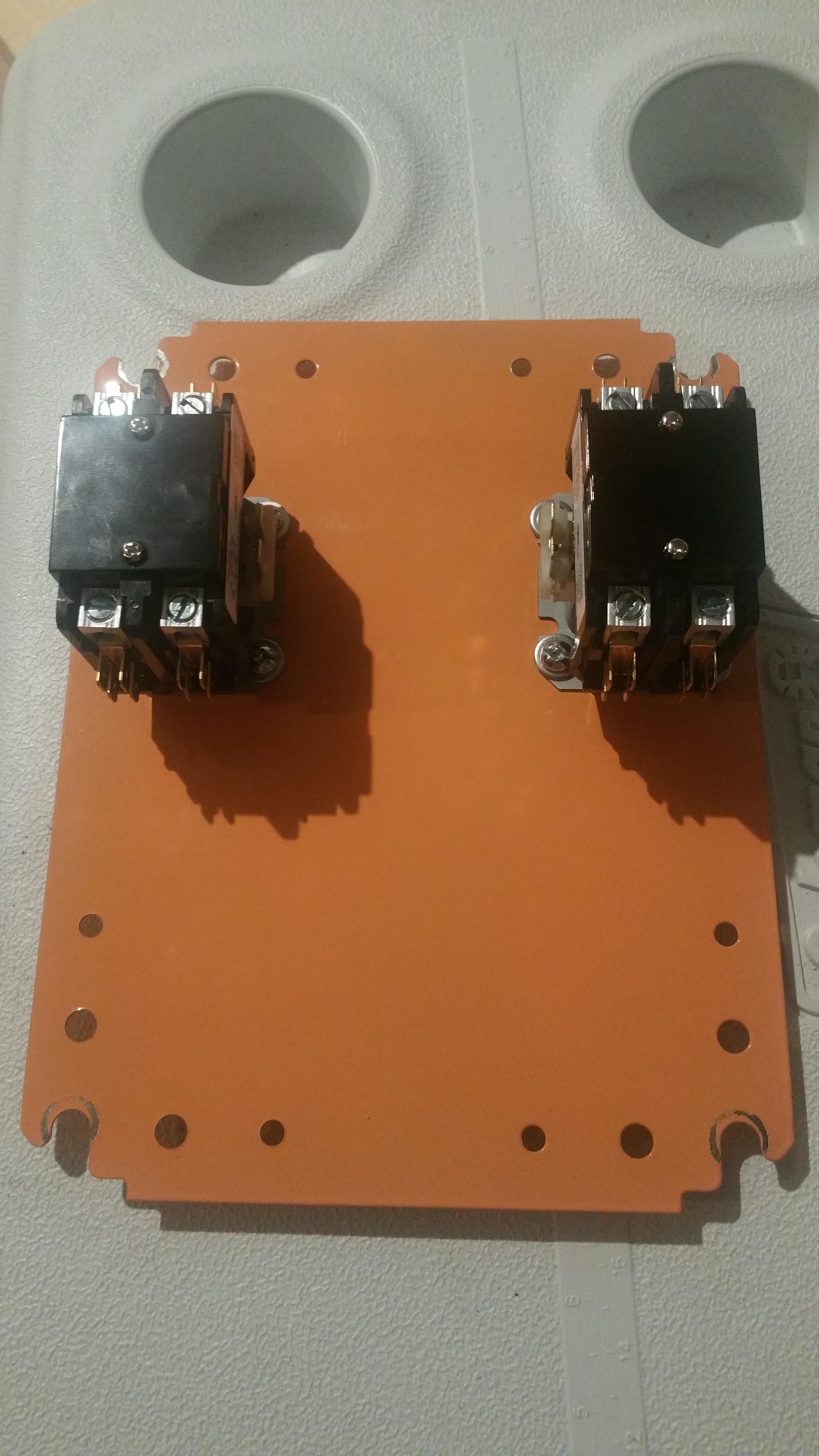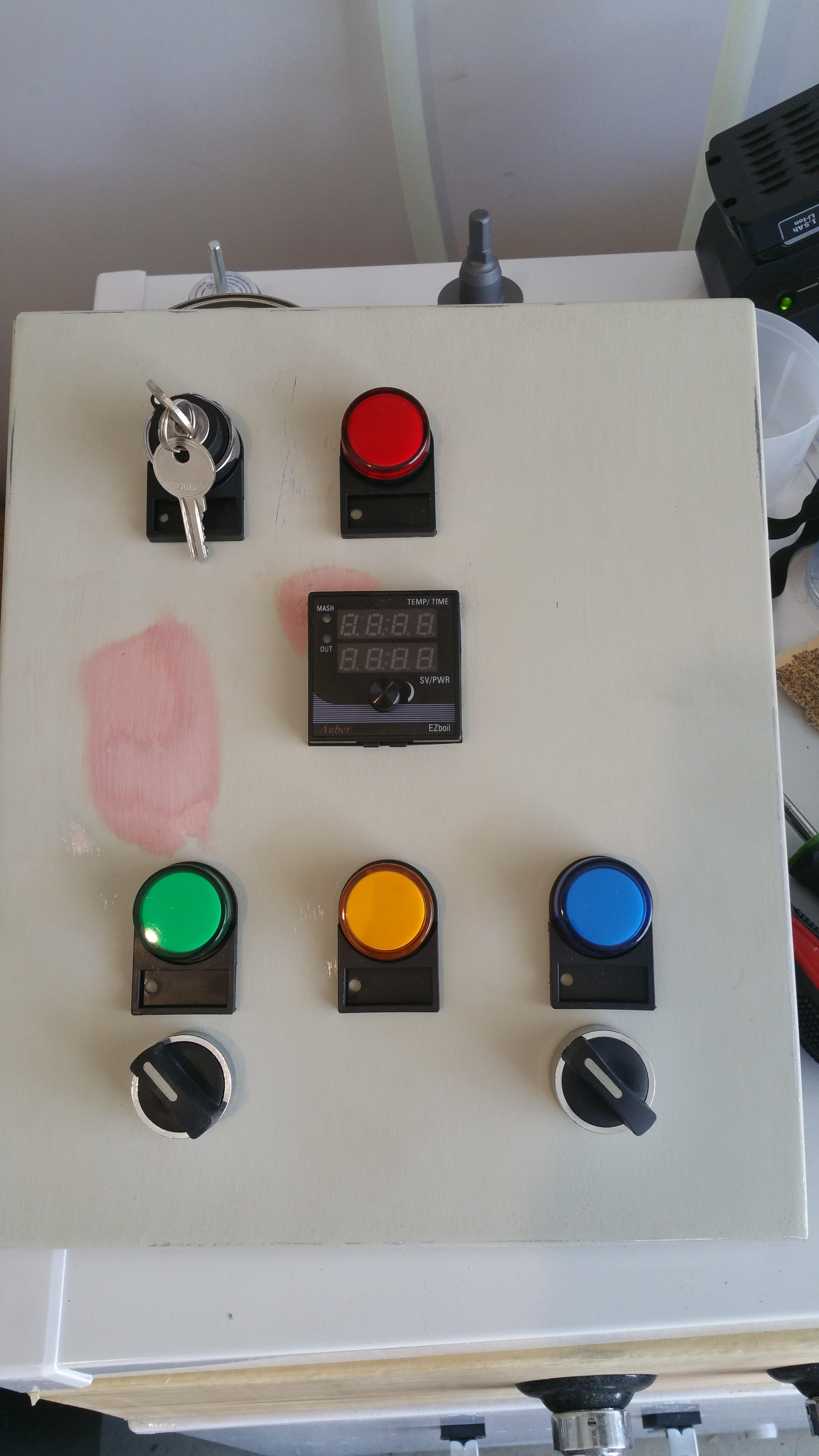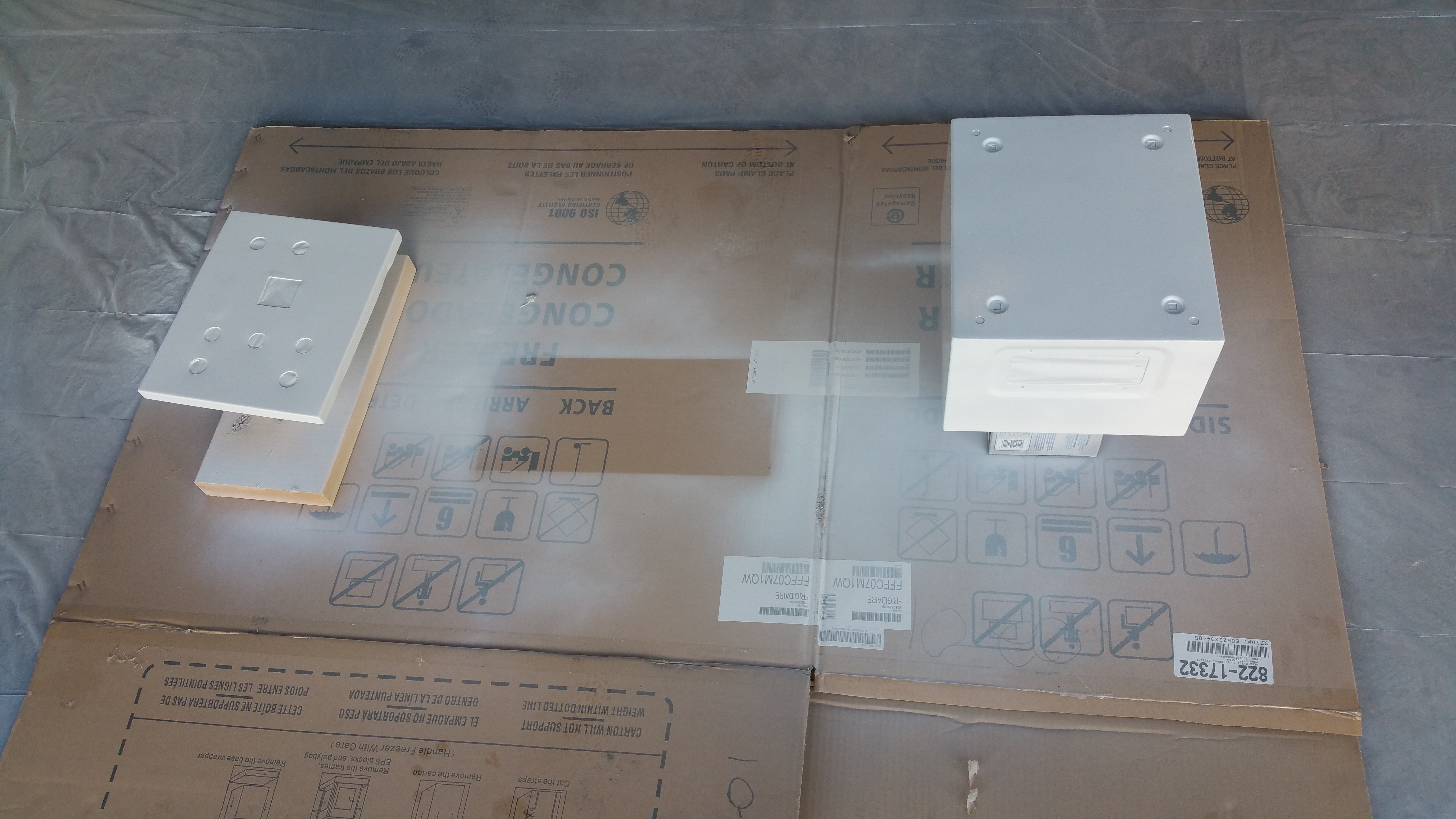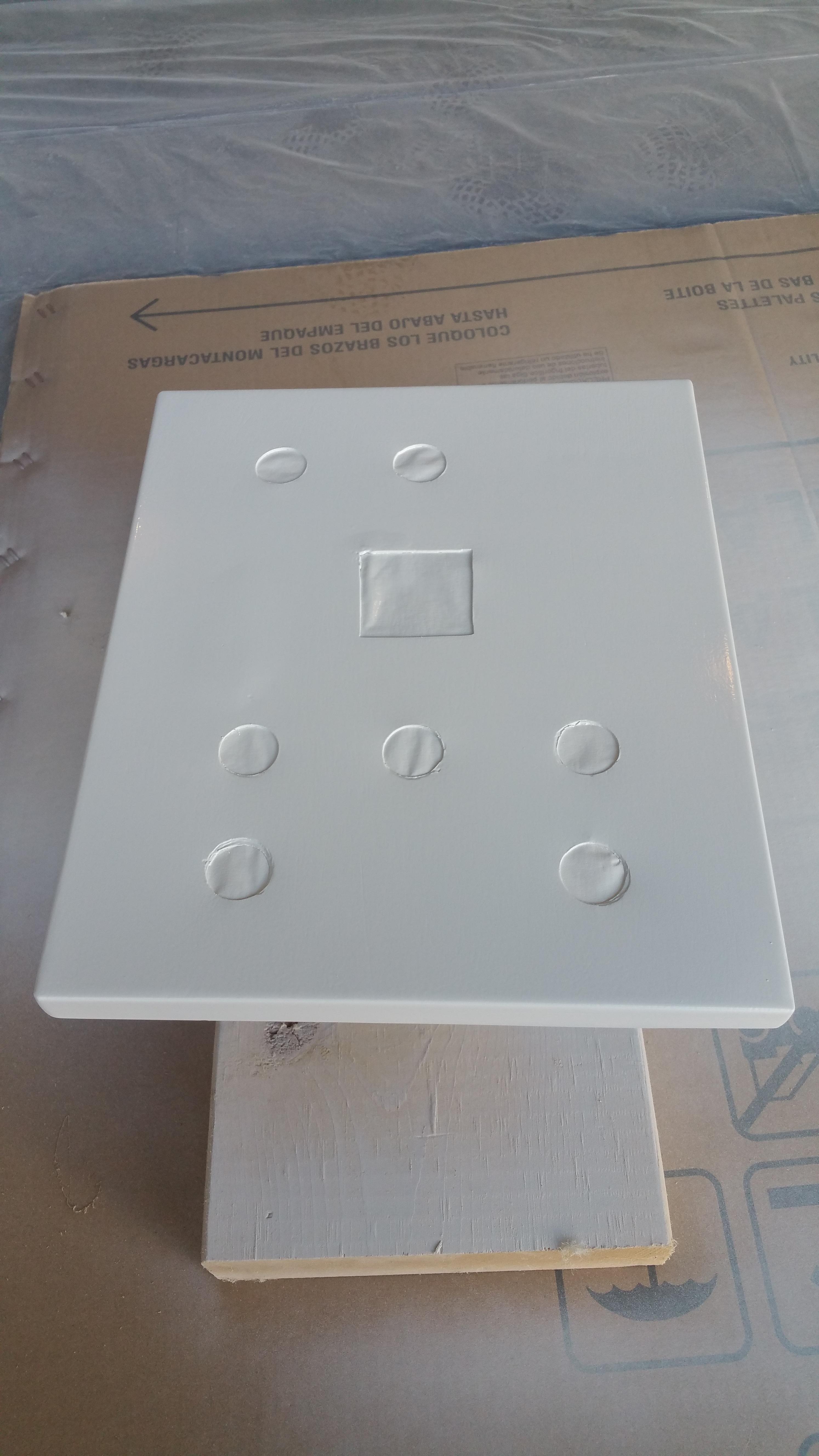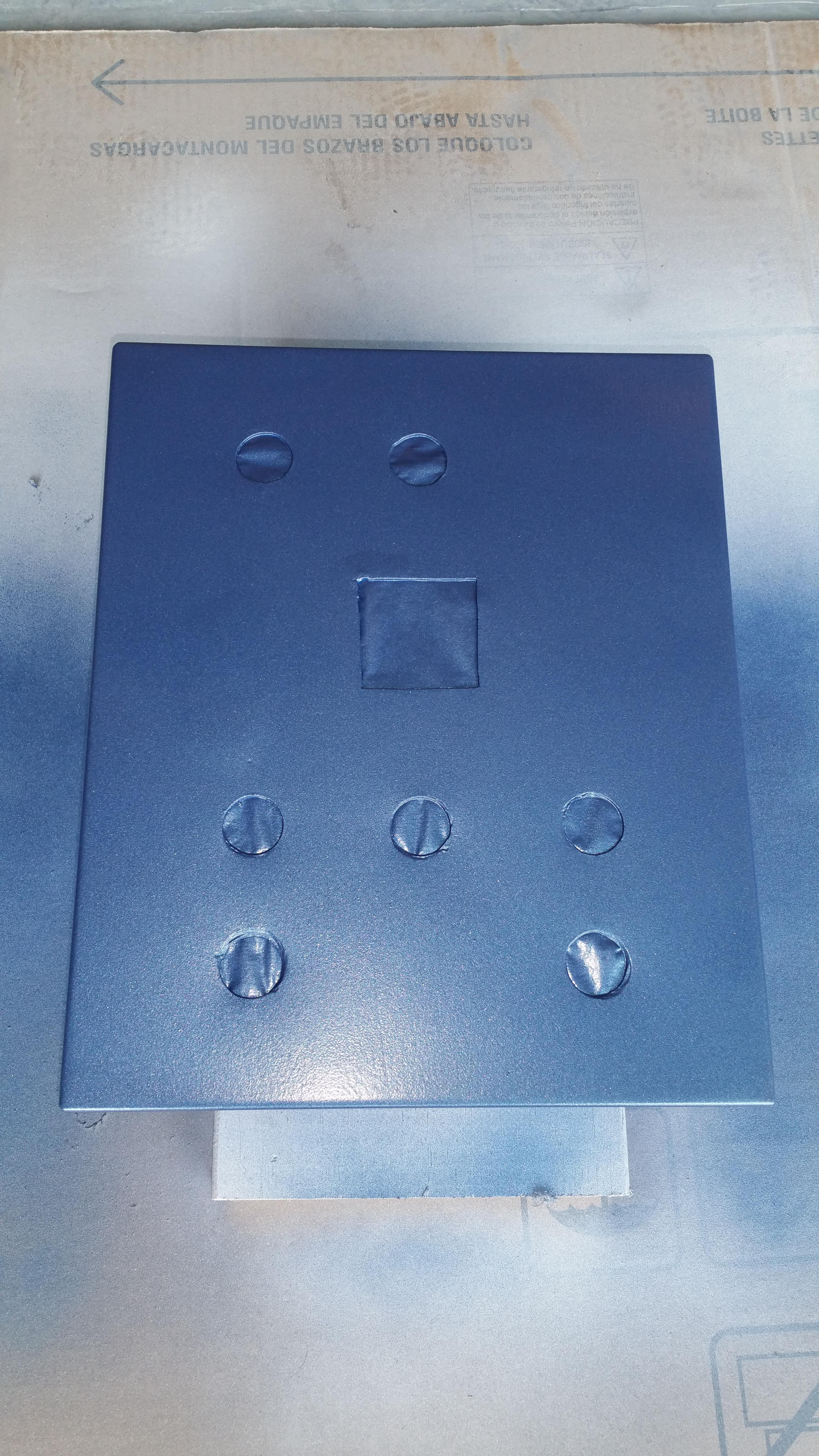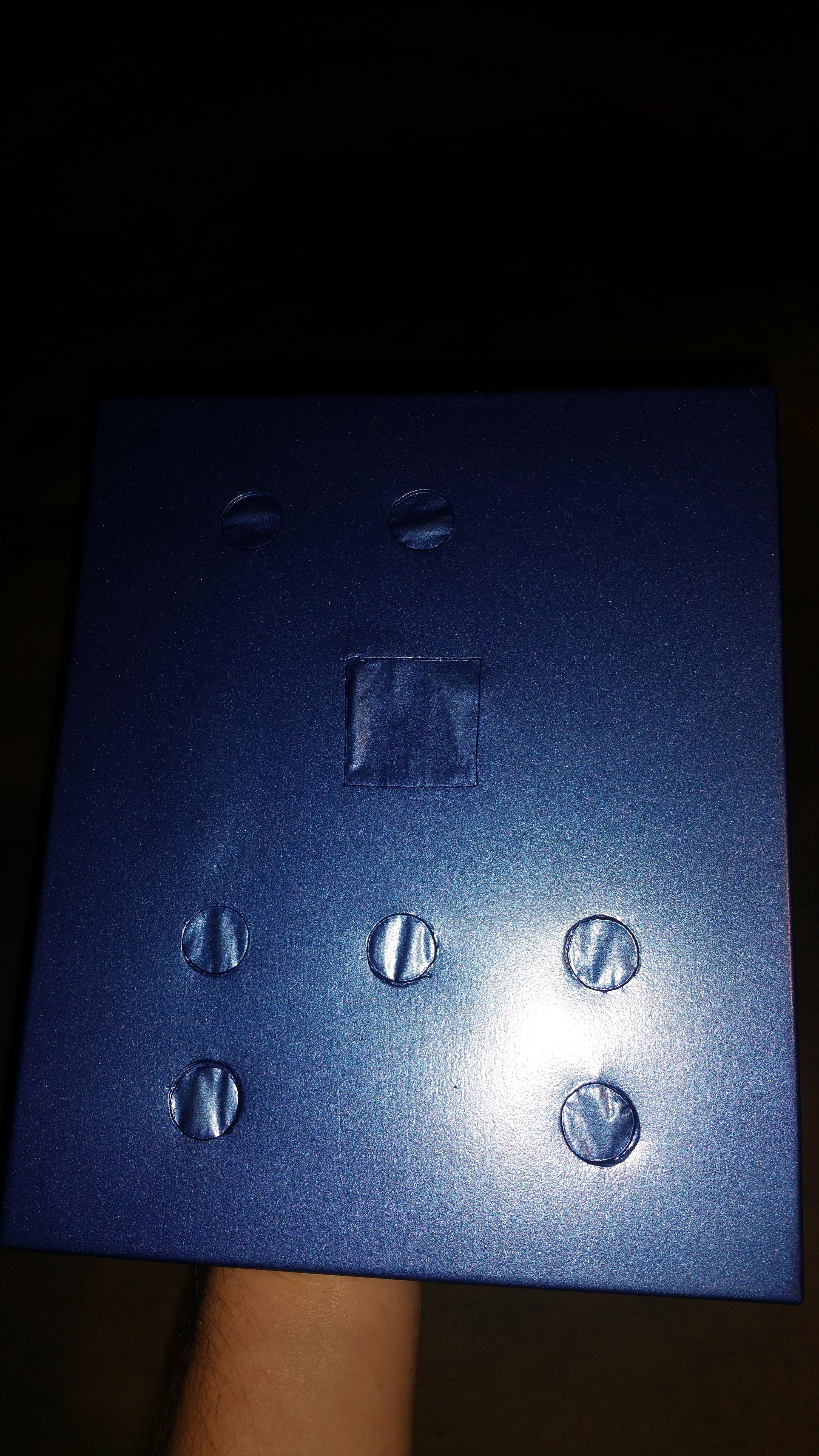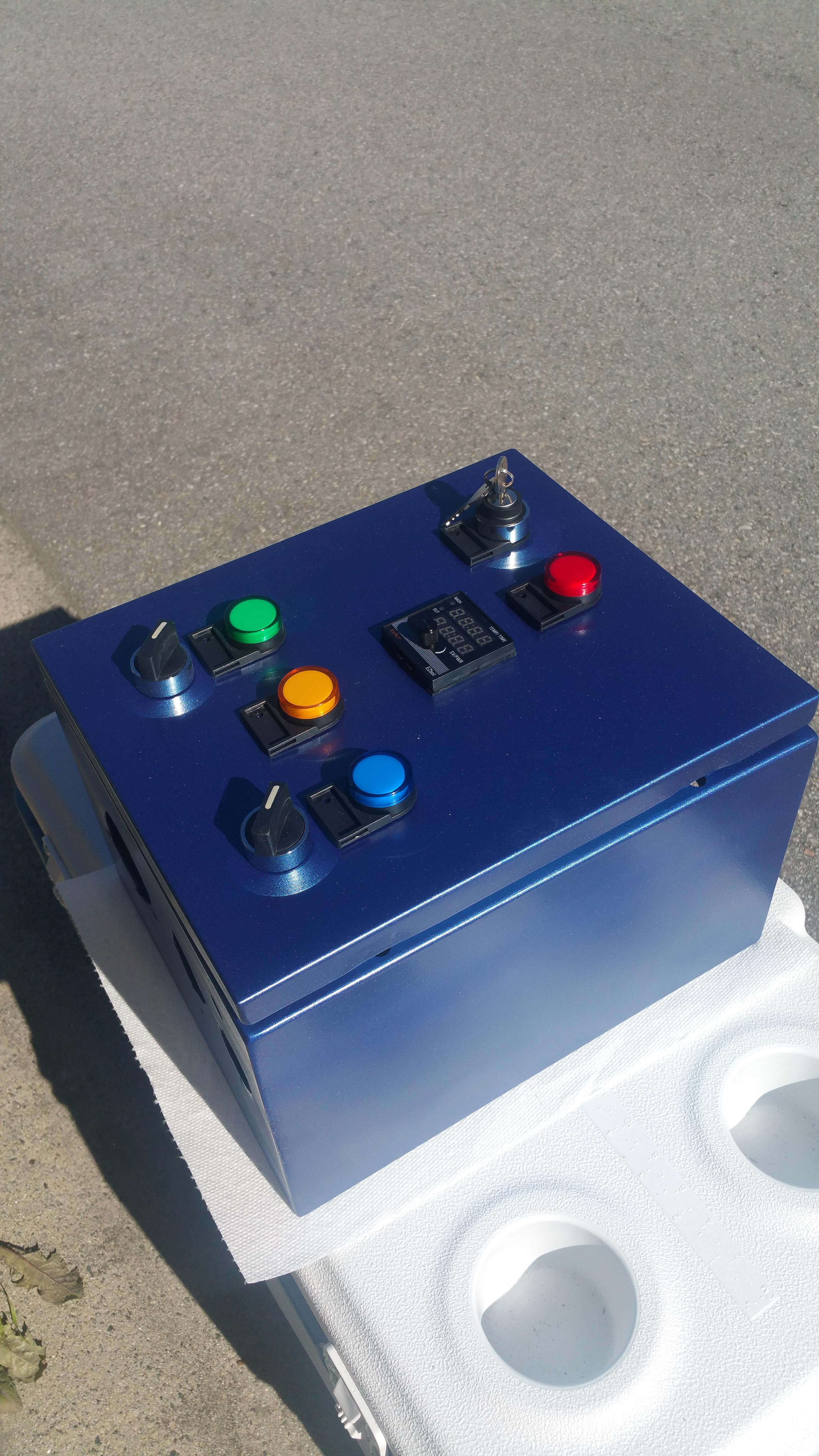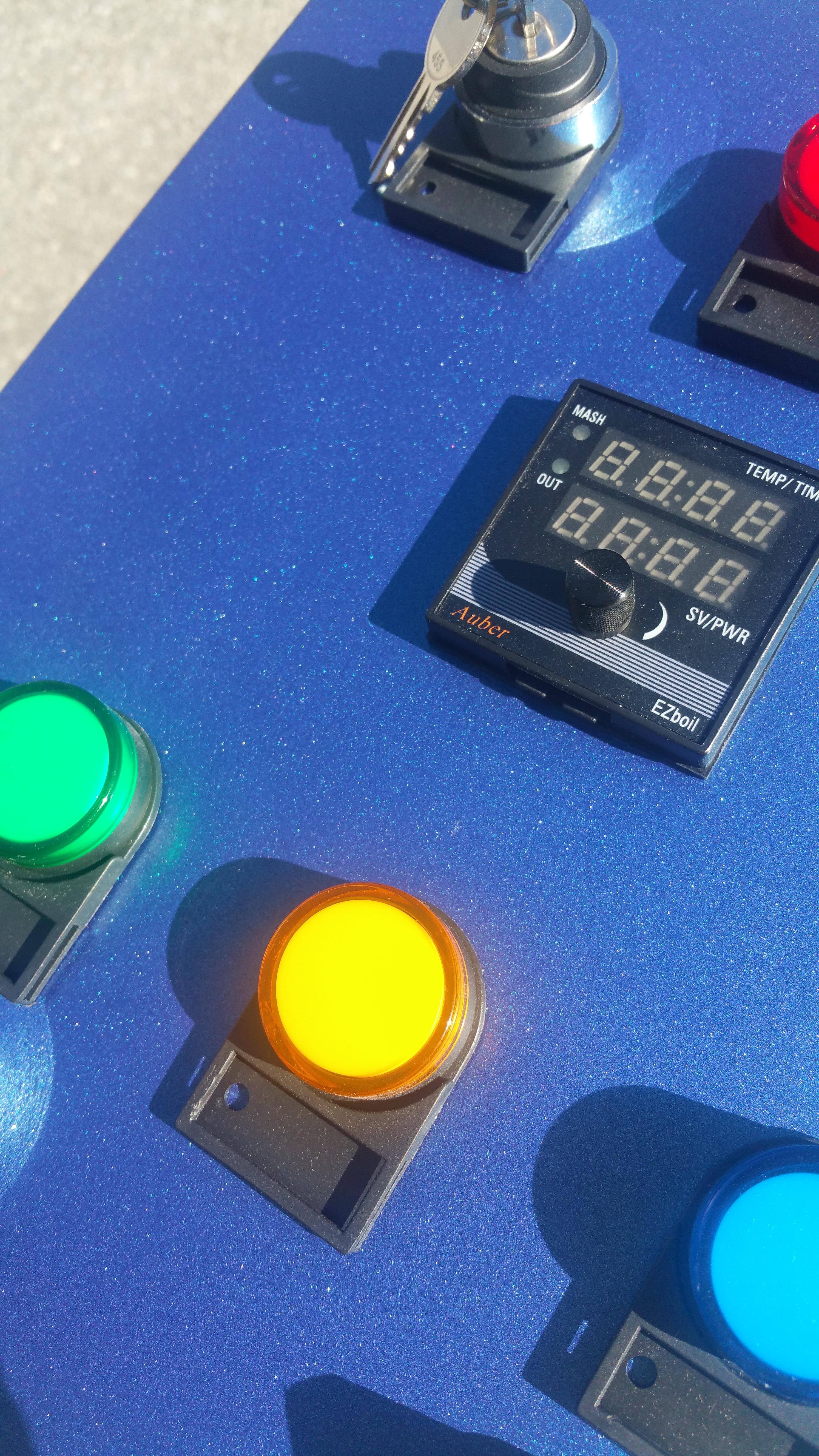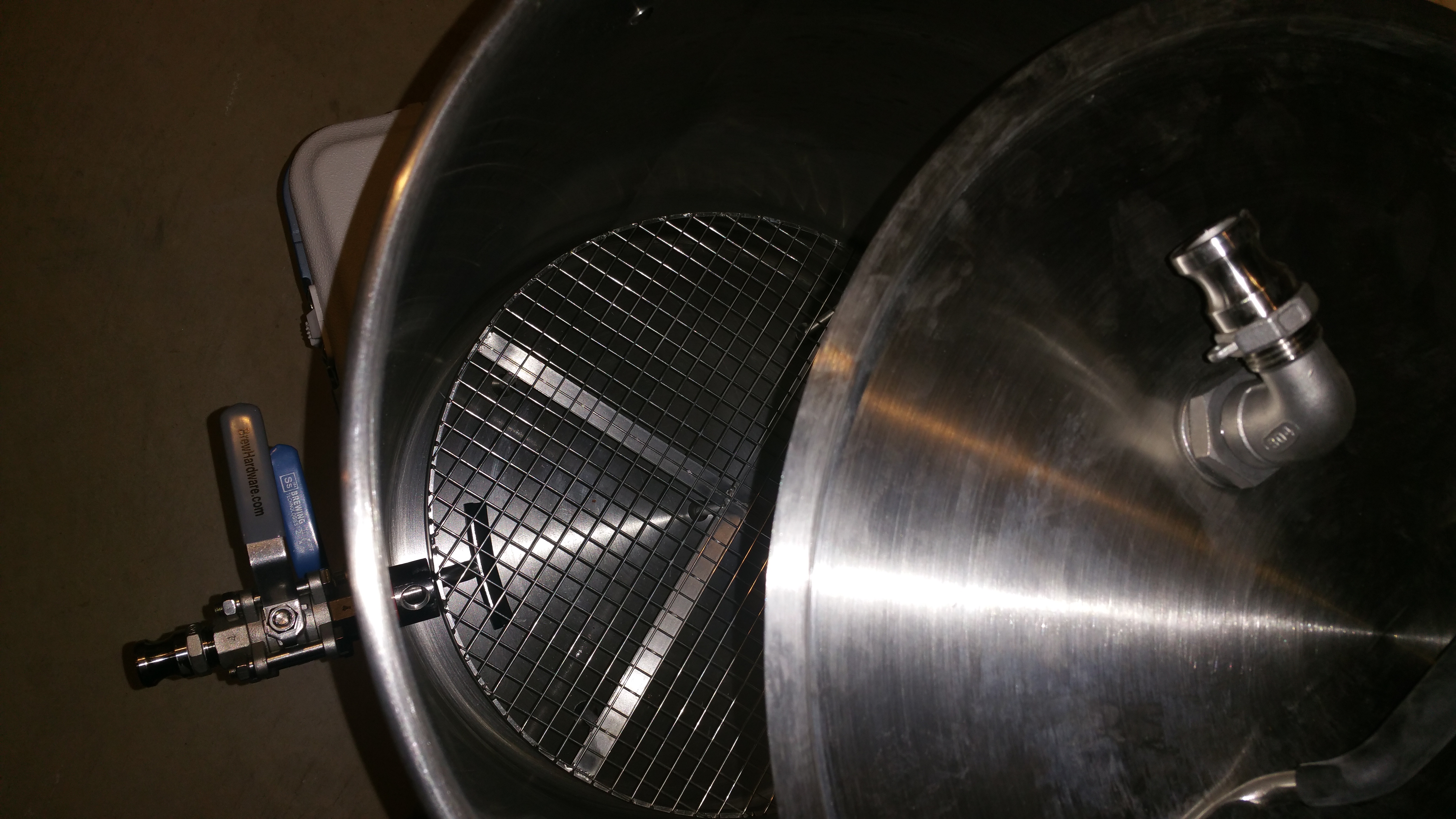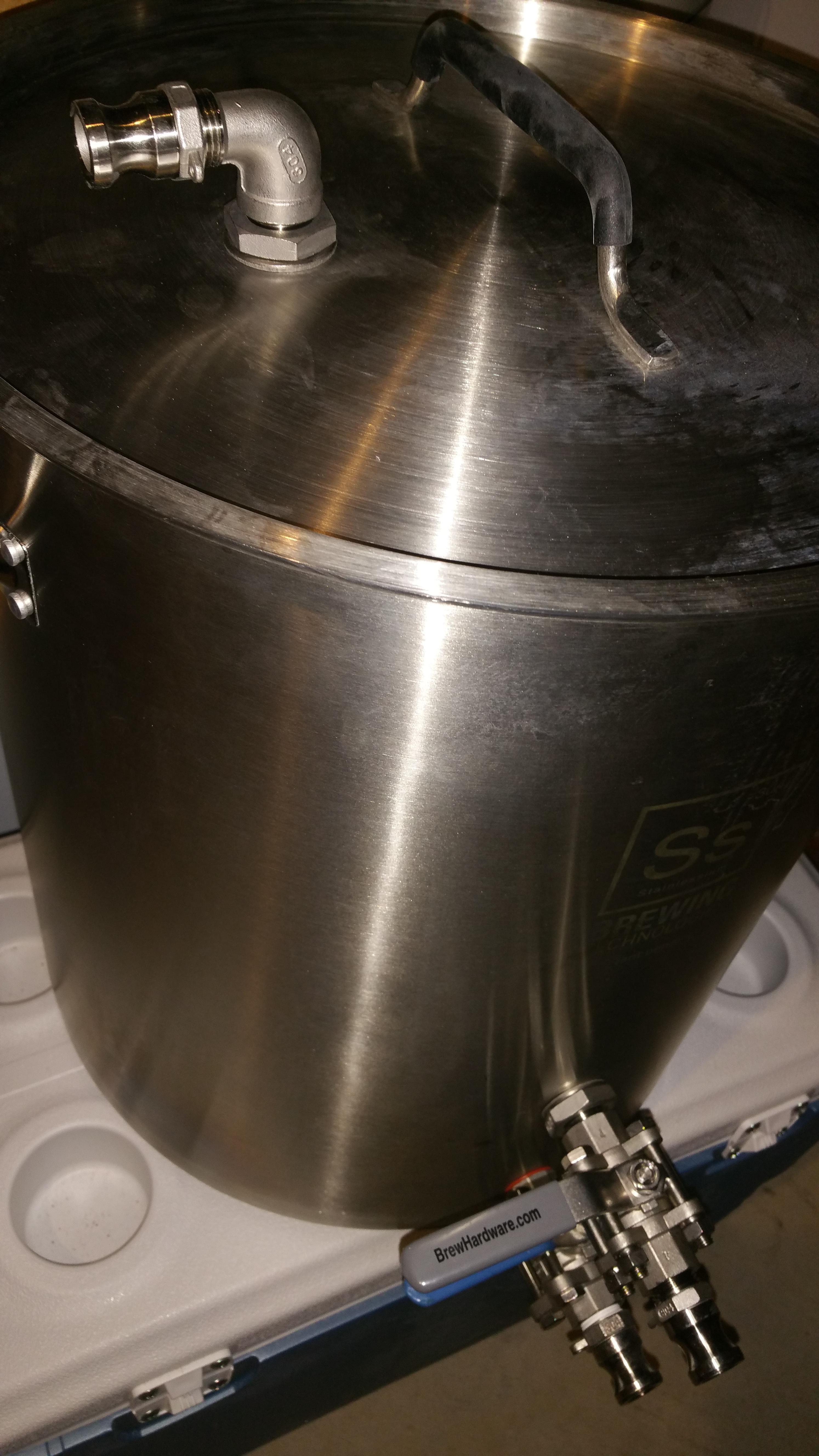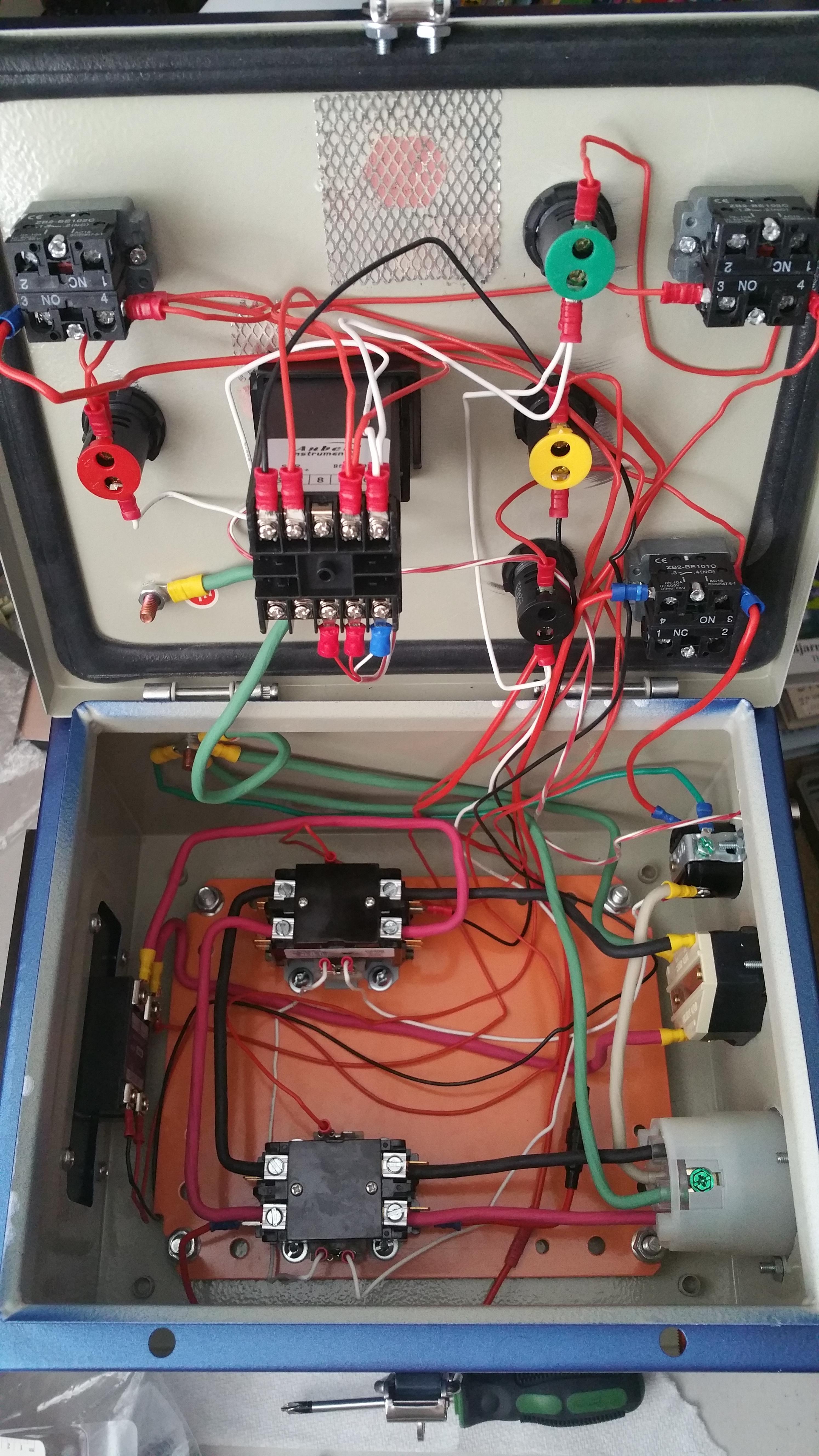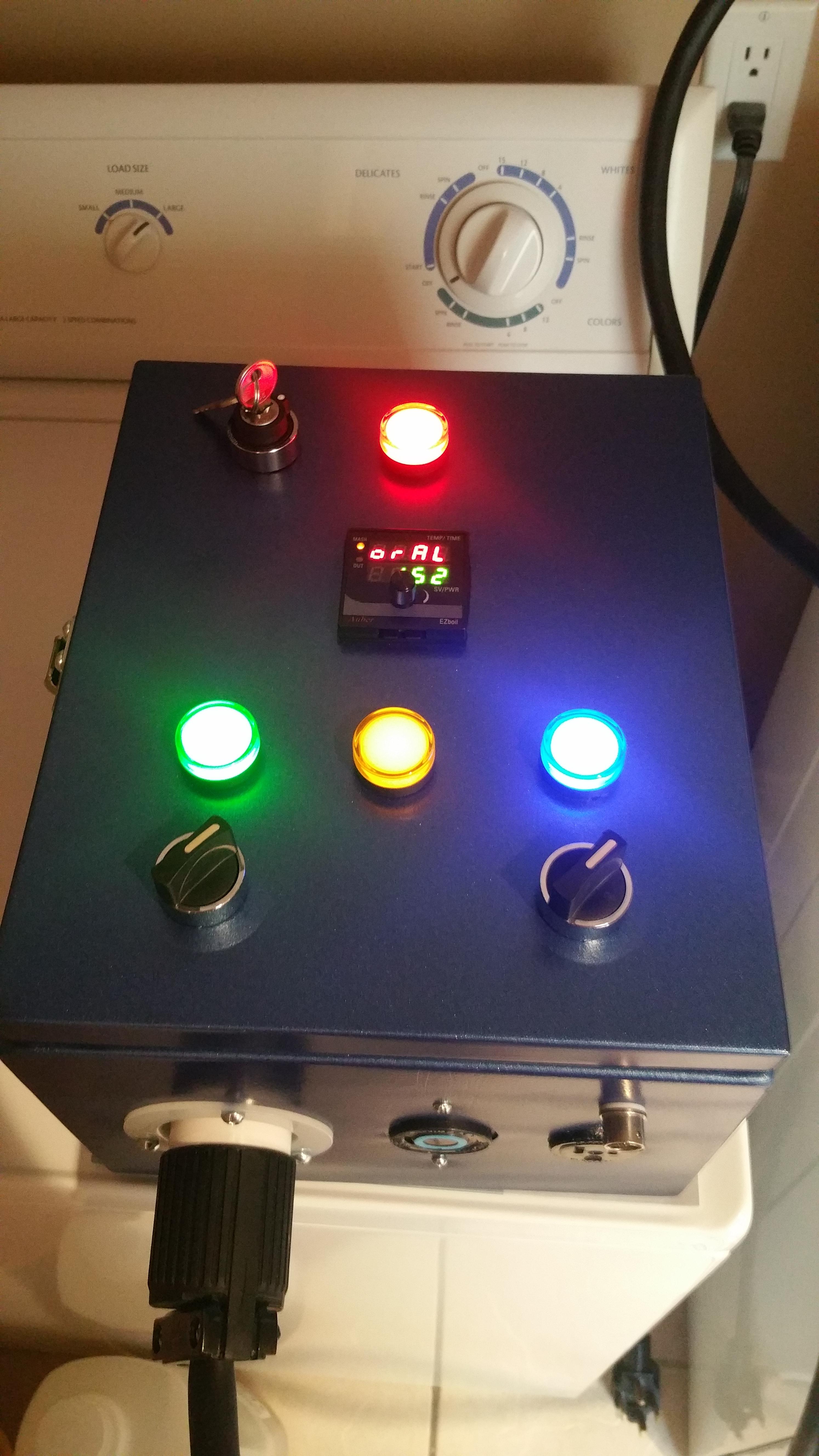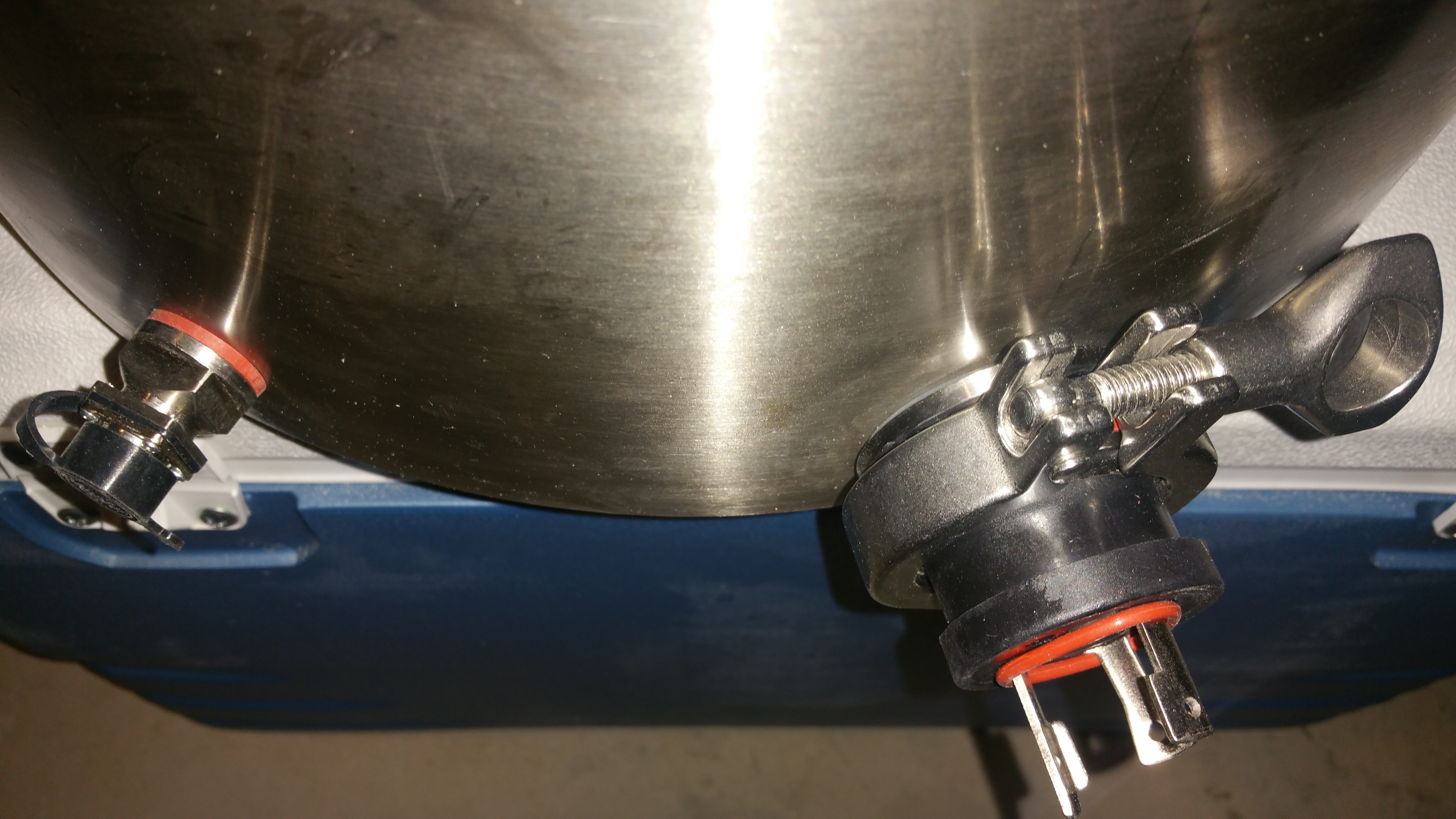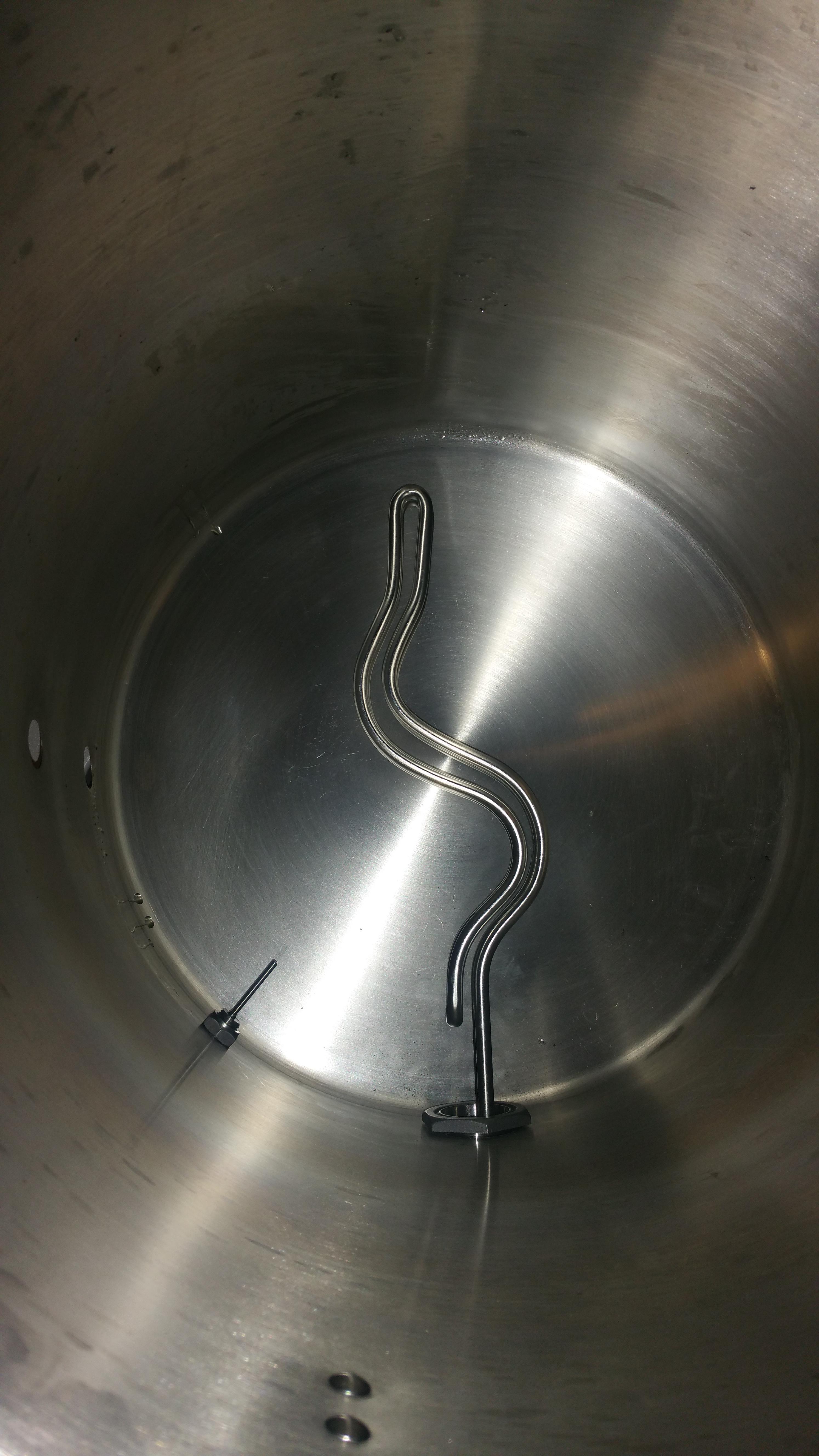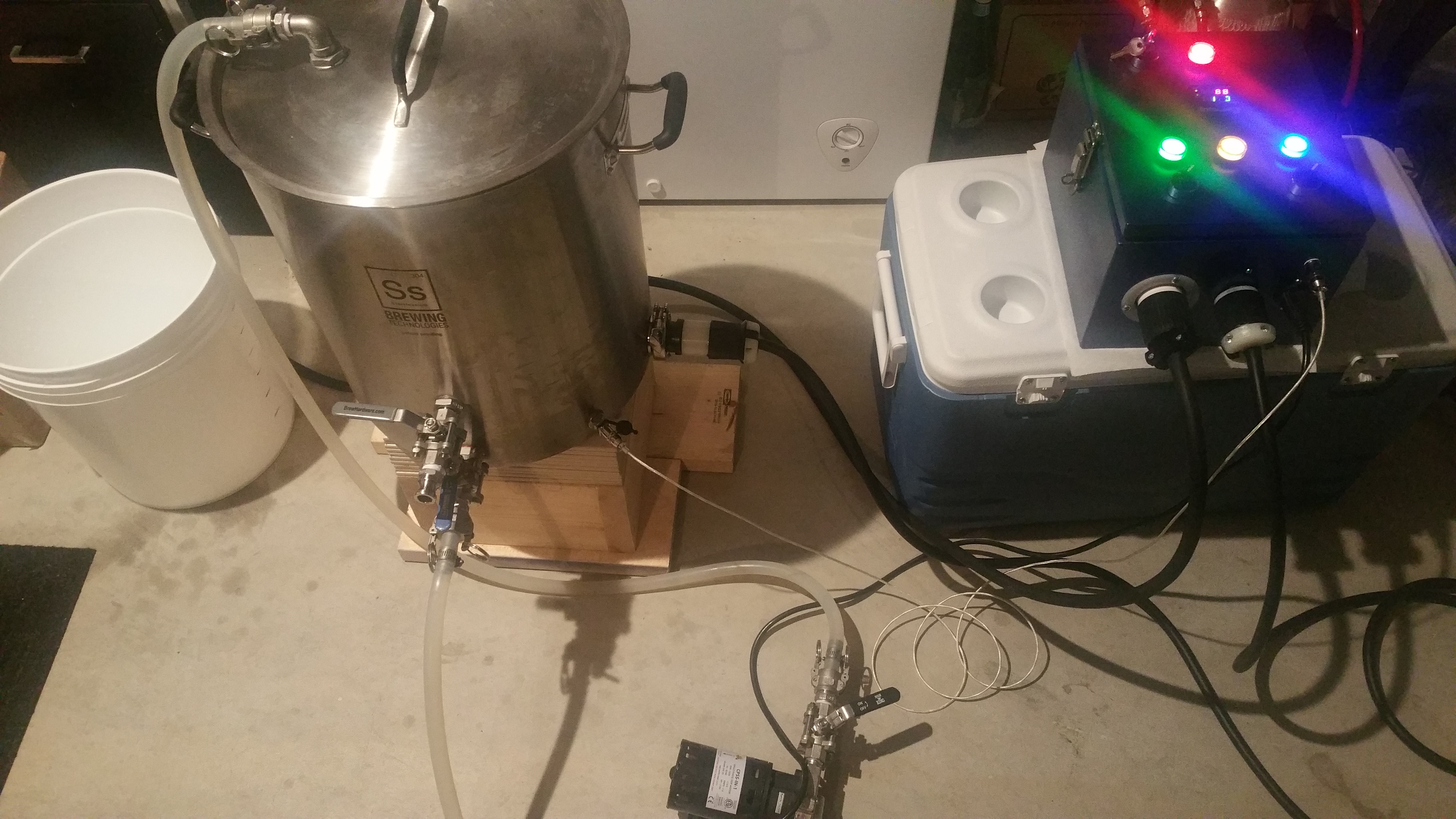Finally it is happening.
I had started thinking about electric some time ago and first started a thread about trying to build it using a bottom drain keggle.
The more I got into the design I realized I should just drill my beautiful 15gallon ss brewtech pot and forget the keggle. Partially due to a great thread from @tofuguy here:
https://www.homebrewtalk.com/showthread.php?t=621165
I had some great help from @doug293cz in my original thread about panel schematics as one would expect.
So I spent some time drawing things, making lists, learning and finally ordering up a ton of stuff from @Bobby_M , Auber and Amazon.
I will post some pics of where I am at currently and try to update things as the build progresses.
I had started thinking about electric some time ago and first started a thread about trying to build it using a bottom drain keggle.
The more I got into the design I realized I should just drill my beautiful 15gallon ss brewtech pot and forget the keggle. Partially due to a great thread from @tofuguy here:
https://www.homebrewtalk.com/showthread.php?t=621165
I had some great help from @doug293cz in my original thread about panel schematics as one would expect.
So I spent some time drawing things, making lists, learning and finally ordering up a ton of stuff from @Bobby_M , Auber and Amazon.
I will post some pics of where I am at currently and try to update things as the build progresses.


